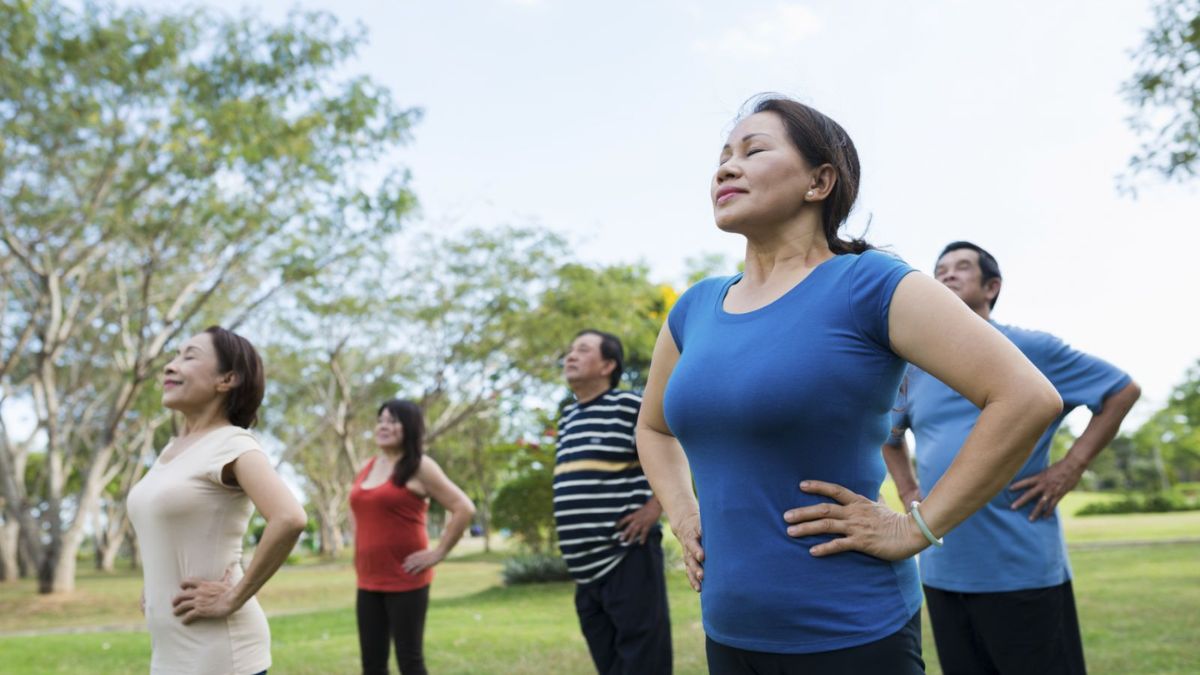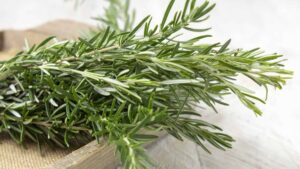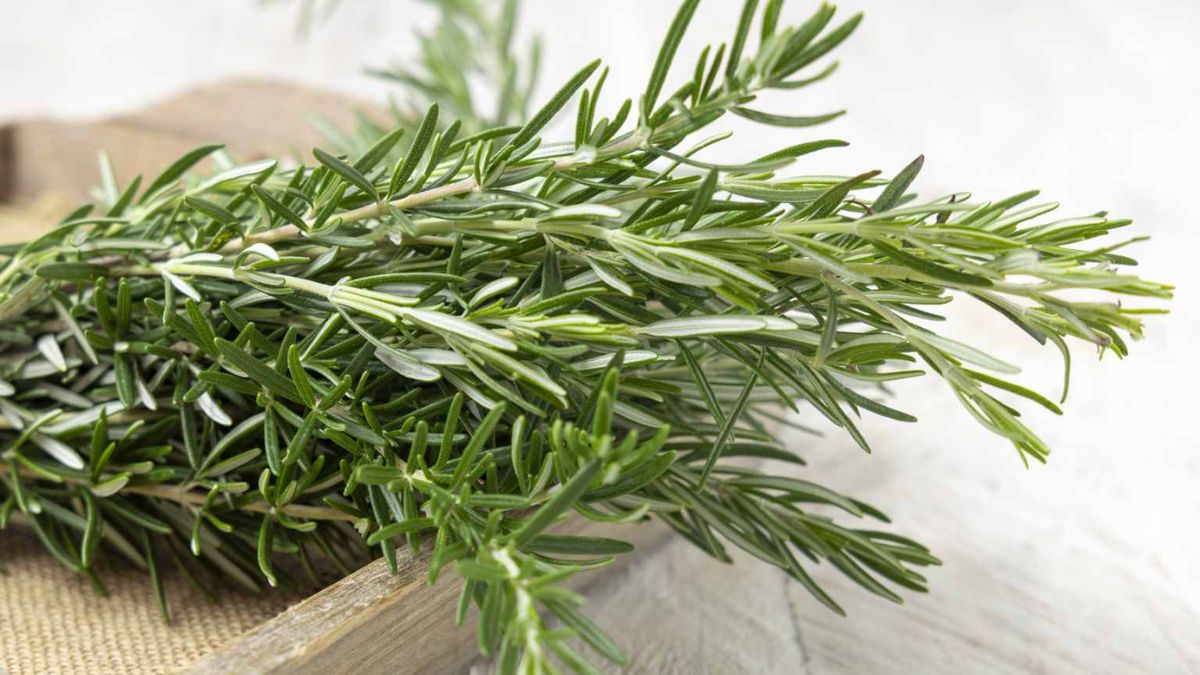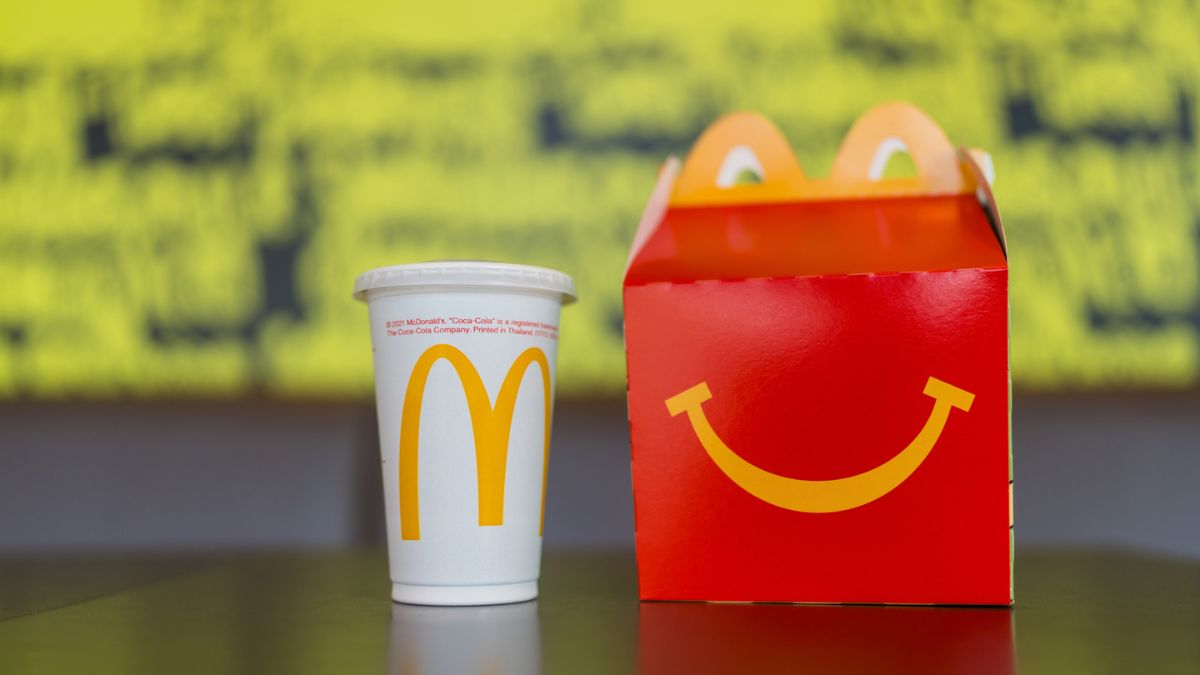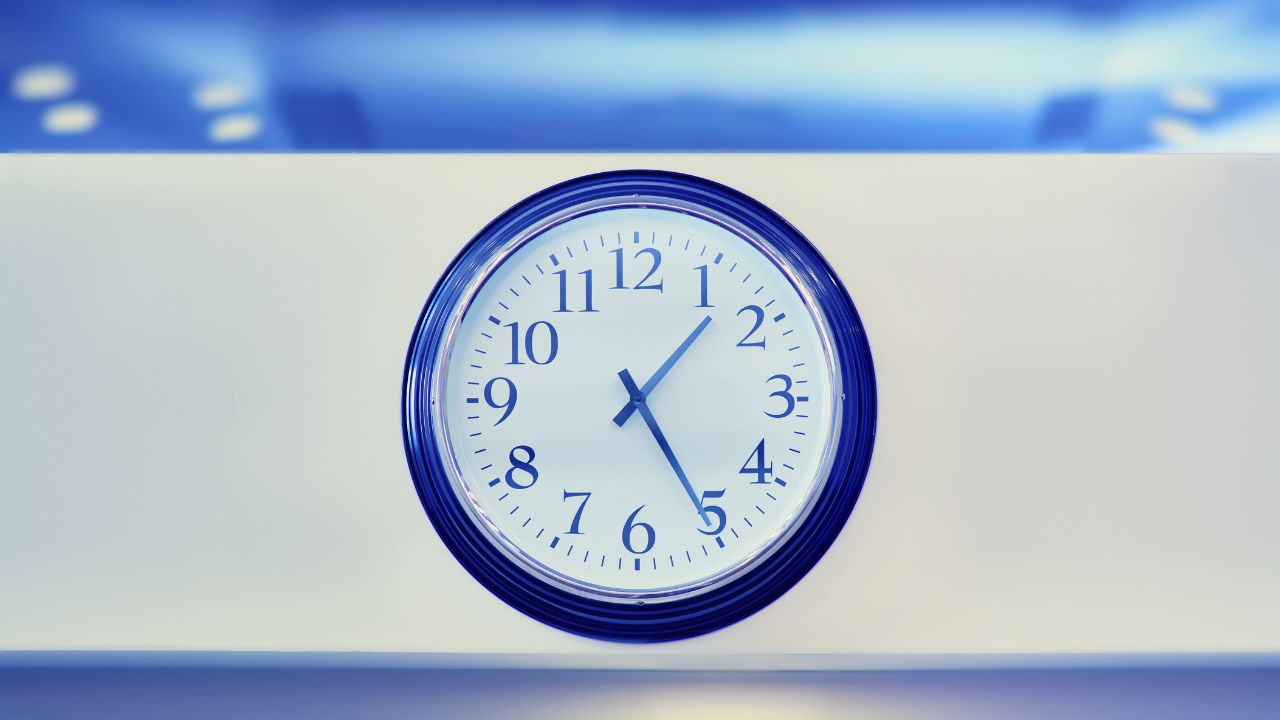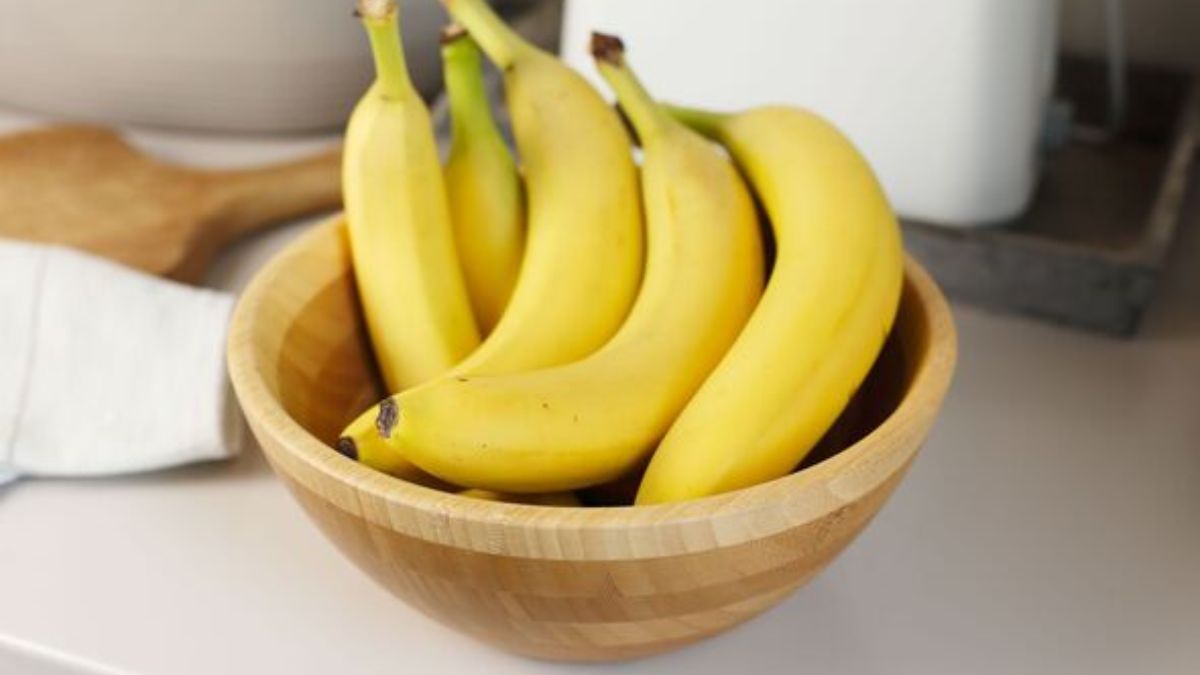You might think jogging, cycling, or hitting the gym are the best ways to stay fit after 55. But recent findings from Harvard Medical School reveal a surprising twist—there’s an even better option for boosting energy, improving sleep, and keeping your mind sharp. And no, it’s not about running marathons or lifting heavy weights.
Table of Contents
What if the secret to aging well lies not in doing more but in doing differently? As your body changes, so should your fitness strategy. That’s where martial arts come in—not the punch-kick kind you see in action movies, but a gentler, more mindful practice that might just transform your later years.
Movement
Harvard’s research highlights a crucial truth: not all movement is created equal. Seniors who remain active tend to age better, but how they move matters even more. Instead of pounding your joints or overexerting yourself, martial arts like Tai Chi, Aikido, and Wing Chun offer a graceful blend of motion, strength, and mindfulness.
Think of these practices as moving meditations. They challenge your balance, improve posture, and build muscle—without jarring impact or high risk of injury. In fact, they cater specifically to the needs of an aging body while still keeping the mind sharp.
Benefits
So, what’s so special about martial arts? For one, they’re a full-body workout wrapped in calm, intentional movements. You won’t be gasping for air or nursing sore knees. Instead, you’ll be improving coordination, flexibility, and even brain function with each session.
One of the standout benefits is how well these practices protect your joints. Unlike running or weightlifting, martial arts encourage smooth, low-impact motions that are gentle yet strengthening. You’ll be building resilience from the inside out.
Plus, they’re incredibly adaptable. Whether you’re in your mid-50s or pushing 80, there’s a style and pace that fits you. That’s why many seniors find martial arts more sustainable—and more enjoyable—than traditional workouts.
Styles
Curious what martial art might work for you? Here’s a quick look at some of the most recommended styles for older adults:
| Martial Art | Focus Areas | Senior-Friendly Features |
|---|---|---|
| Tai Chi | Balance, breath, calm | Very gentle, low impact |
| Aikido | Flow, mobility, defense | Smooth movements, no force |
| Wing Chun | Reflexes, efficiency | Short motions, no high kicks |
| Jiu Jitsu (gentle) | Awareness, confidence | Adapted for safety and control |
Each of these styles brings its own flavor. Tai Chi, for example, feels like slow dancing in air. It enhances circulation and reduces anxiety. Aikido teaches you to move with challenges instead of bracing against them—perfect for aging joints.
Wing Chun sharpens reaction time with compact moves, ideal for preventing falls. And Jiu Jitsu’s adapted versions provide a grounded, empowering approach to movement and safety.
Health
Martial arts don’t just build strong bodies—they build sharp minds too. Many seniors notice that their memory, concentration, and emotional control improve with regular practice. These arts require focus, pattern recognition, and calm breathing, which together act like a workout for the brain.
Harvard’s Dr. Peter M. Wayne studied the impact of Tai Chi and found it helps improve the body’s internal regulation. That’s fancy talk for better balance, heart health, and stress response—all major wins for aging adults.
Even more, these classes offer a rare gem in today’s world: community. Group sessions provide social connection, encouragement, and purpose. For many seniors, that’s as therapeutic as the exercise itself.
Mindset
Stepping into martial arts later in life might seem intimidating—but it’s actually empowering. You don’t need to be fast or strong; you just need to be open to learning. The goal isn’t competition. It’s growth.
You’re not trying to become Bruce Lee. You’re learning how to move confidently through your day, how to stay mentally clear, and how to fall asleep easier at night. These aren’t just workouts; they’re tools for life.
I’ve seen firsthand how someone hesitant to try Tai Chi ended up more balanced—physically and emotionally—within just a few months. That sense of calm and control is something most workouts simply can’t offer.
When you rethink fitness as something that serves your life—not something to conquer—you unlock a new kind of strength. One that lasts.
Martial arts may not be the first thing that comes to mind when you think about senior fitness, but they might be exactly what your body and mind need. They offer a powerful yet peaceful way to stay active, reduce stress, and connect with others.
If you’re over 55 and tired of boring or painful workouts, give a gentle martial art a try. You might just discover that the best is yet to come—not in spite of your age, but because of it.
FAQs
What’s the best martial art for seniors?
Tai Chi is the most recommended for seniors due to its gentle, low-impact nature.
Is martial arts safe for people over 60?
Yes, with a qualified instructor, many martial arts are safe and senior-friendly.
Can martial arts improve memory?
Yes, they enhance focus, coordination, and mental clarity in older adults.
Do I need experience to start martial arts?
Not at all. Many classes welcome total beginners of all ages.
How often should seniors practice?
2–3 times a week is ideal for steady progress and recovery.

